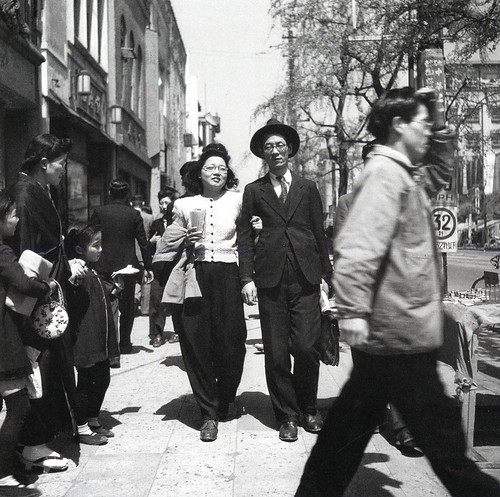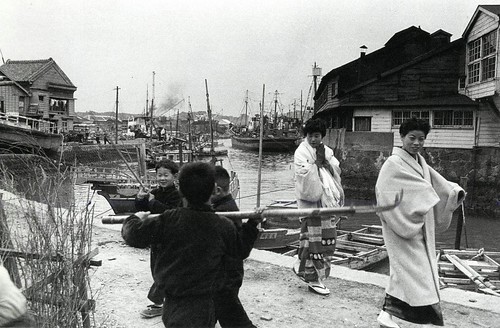Unlike many countries, it is very difficult for you to find any garbage bins on streets. The bins are mostly only located next to the vendor machines or in front of convenient stores. Even if you find bins at these places, you have to follow the regulation for recycling different kinds of rubbish into different bins.
Actually, in every prefecture or every city within a prefecture, the local governments have their own policies for their citizens recycling their garbage. Although the policies may be slight different from each other, most of them require their citizens to separate garbage into burnable, unburnable, aluminum cans and bottles, glasses and the so-called big garbage (Sodai gomi). People are expected to throw the separated garbage to the rubbish station on different days within the week, and they are expected to pay money for throwing the big garbage.
This policy was first trouble to us as being foreigners in Japan because many countries do not require their citizens to separate their garbage and it is difficult for them to distinguish each session of the garbage. However, I soon realized that this policy the cause of Japan being a very clean country and the cause of “Stand and eat and drink” culture.
As I observed in these 9 months in Japan, Japanese people will never throw their rubbish into the wrong bin. Even though Japanese people like having party under Sakura and produce tones of rubbish afterwards, they still throw their rubbish correctly into different bins. Moreover, as I mentioned before, you can only find bins next to vendor machines or in front of convenient stores. If you like to enjoy their drink or food that are bought from vendor machines or convenient stores while you are walking, you may find a big problem after you finish it because you cannot find any bins unless you find another machine or convenient store. You may have to hold the remains of the food or drinks for certain time until you find the rare bins. That is why I think Japanese people like standing and eating and drinking next to the vendor machines and in front of convenient stores.
The garbage policy helps Japan making its country clean and environmental to the earth. Although the policy may be troublesome to some of the public, especially to those foreigners from countries that do not have the separation of rubbish regulation, it is seldom the case to find this policy is not obeyed. I wish more countries could follow Japan to carry out compulsory garbage separation.

5 different bins for 1.plastic bottle and cans, 2. glasses, 3. burnable, 4. unburnable, 5. paper

English instruction for separation

The aluminium cans were properly collected after sakura parties which produced tones of rubbish





















